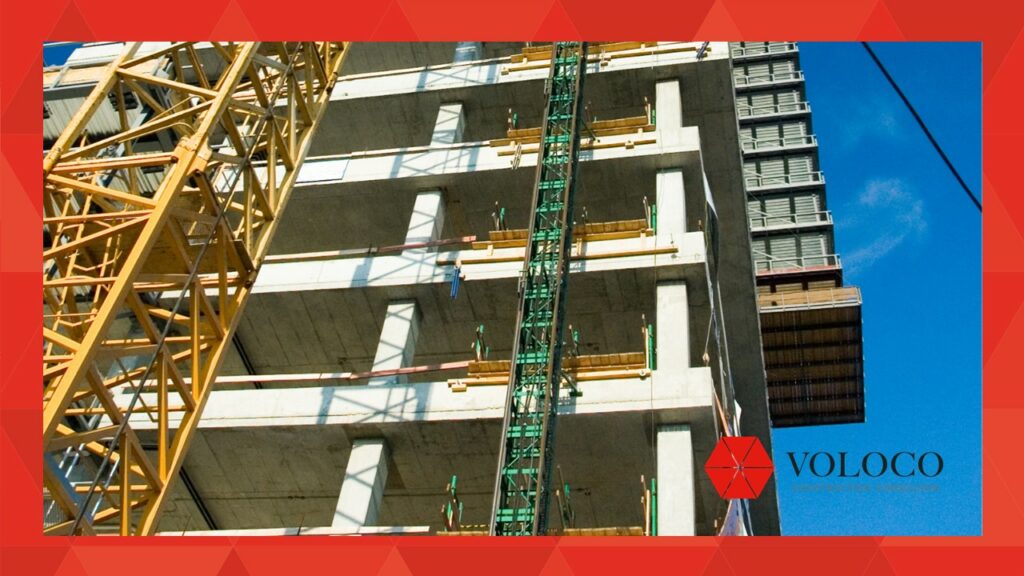By definition, Temporary Works (TW) are the part of a construction project that are needed to enable the permanent works to be built and involve a wide spectrum of activities, some of which you may not have fully considered.
TW must be treated with the same level of care and attention as the rest of the project. Any failure in the design of TW or poorly executing them can lead to a failure or collapse. This may cause project delays, damage to property and in the worst cases harm to people including fatalities. As the builder, you face obligations in this respect that may mean you could be personally liable and prosecuted. This article is aimed at guiding you to prevent this.
When organising Temporary Works…
- Be aware of the problems and risks that can occur and identify prevention
- Coordinate design
- Coordinate selection of equipment and contractor appointment
- Coordinate supervision of the work, checking completion and authorising removal
British Standard 5975
- Sets out a way of managing TW
- Uses the job title Temporary Works Coordinator (TWC)
- Provides industry consensus on what good practice looks like
- No legal requirement to use a TWC or follow BS 5975
- Legal requirement is for the party in control avoids unacceptable risk of harm
- Smaller projects may not involve appointing a TWC must ensure that TW are correctly and safely undertaken
Temporary works calculations…
- Small and straightforward situations may use “standard solutions” (e.g. tower scaffold for access or trench boxes for a relatively shallow excavation in firm, dry ground).
- The person organising the TW will still need to ensure the conditions are correct and assumptions used in calculations for the standard solution are applicable.
- Other, more complex situations (e.g. propping) will require a more detailed approach with loads assessed and support arrangement being designed (even when proprietary equipment is being used).
- Not all Structural Engineers can design TW – they need the relevant training and experience.
- Some Structural Engineers may be happy to undertake the role of TWC as well as the design, however not all do as it is a much wider role.
Temporary Works in practice…
TW is an “engineered solution” used to support or protect either an existing structure or the permanent works during construction, or to support an item of plant or equipment, or the vertical sides or side-slopes of an excavation during construction operations on site or to provide access. This typical list would be…
- Excavations & earthworks generally
- Shoring
- Propping
As well as the more obvious example, the following items may need to be considered by the TW co-ordinator/manager:
- Hoarding
- Falsework Framework
- Scaffold loading Bays Hoists
- Structures – site accommodation, office gantries and temporary staircases
- Hoardings, perimeter fencing and signage boards
- Temporary roads, piling mats, ramps, bridges, and barriers
- Open excavations and rock cuts
- Edge protection systems and their connections to the structure
- Temporary anchor points, (for harnesses, winch points etc.)
- Tower crane and mobile crane foundations and spreader pads (liaise with the Appointed Person for lifting)
- Piling mat
- Lifting and handling gear, cast in devices (liaise with the Appointed Person for lifting)
- Accesses, such as scaffolding etc.
- Temporary state of permanent works including steel frames, cast in-situ concrete
- Temporary filling of openings (wind loads are crucial)
Conclusion
- Fully consider the ‘Construction Methodology’ for the entire build sequence and ensure all your Temporary Works designs and checks are in place.
- Make sure a suitably experienced/qualified person is managing/coordinating the TW.
- Ensure that any checks on calculations of standard solutions or bespoke calculations are undertaken by a Structural Engineer with right training and experience (and that such designs/calculations are fully indemnified).
- Ensure that you include the costs of identifying, managing, design, installing, checking and removing TW in your project costs. They are often overlooked.
If you are not comfortable with reviewing your project to understand the implications and risks associated with temporary works, VOLOCO can assist with this. Call us to find out more.
